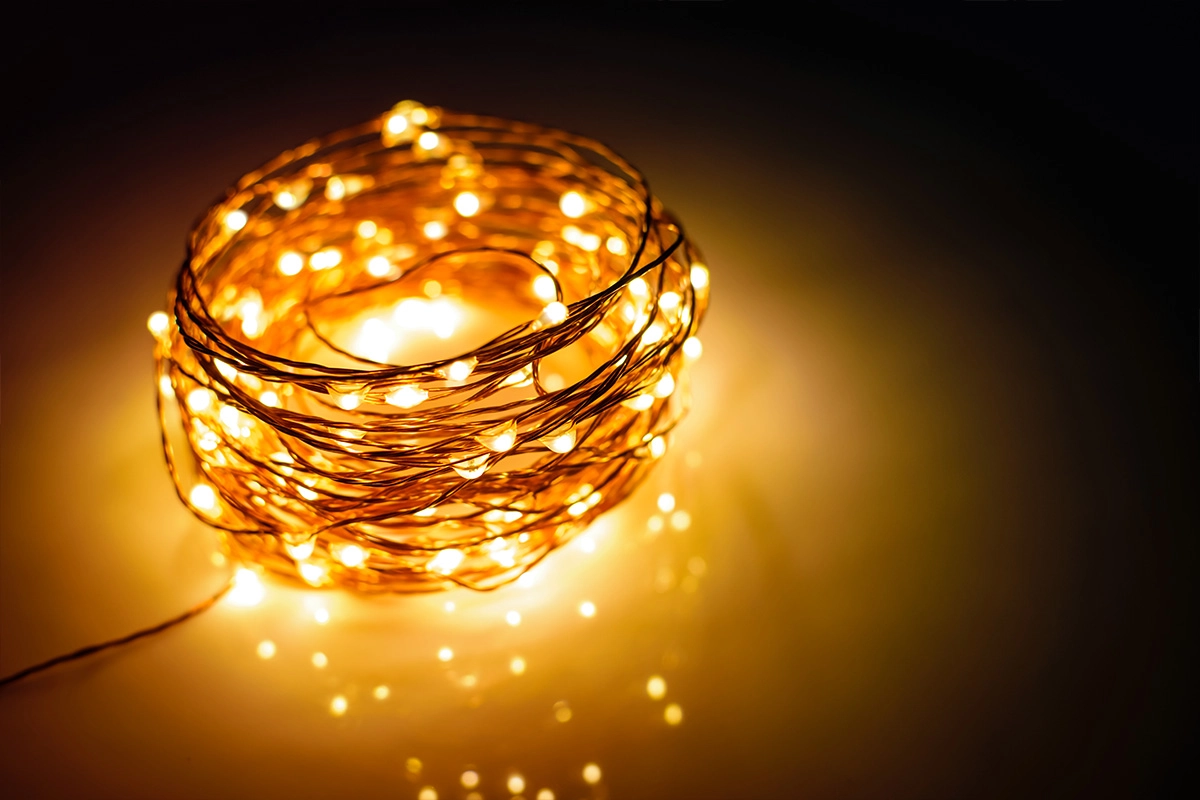
What is in this article?
Its amazing to consider that in the past, people relied solely on candles and oil lamps for lighting, whereas today, even short power outages can lead to various problems. Lighting systems have now become a fundamental necessity in modern society.
The widespread use of lighting systems has made the energy efficiency and environmental impact of these technologies into a topic that needs to be considered. Compared to traditional incandescent and CFL bulbs, LED lighting technology stands out as a more eco-friendly and efficient option, sparking growing interest in the topic. In this article, we explore LED lighting technology and explain why its a smart choice for your needs.
What is LED Lighting? Basic Working Principle
LED (Light Emitting Diode) technology has its roots in the 1920s. First invented by Oleg Losev in 1927, the LED technology only yielded practically applicable results in 1962. Today, LEDs are widely used in various fields, from lighting to display systems.
LEDs are semiconductors that emit light when current flows through them. The color of the light is determined by the type of semiconductor material used in their production. LEDs, which have a P-type semiconductor with a high hole density and an N-type semiconductor with a high electron density, produce light when a sufficient voltage is applied, causing electrons and holes to combine. Most of the time, aluminum gallium indium phosphide alloy, which emits red, yellow, and orange light, and indium gallium nitride alloy, which emits white, blue, and green light, are used in LED production.
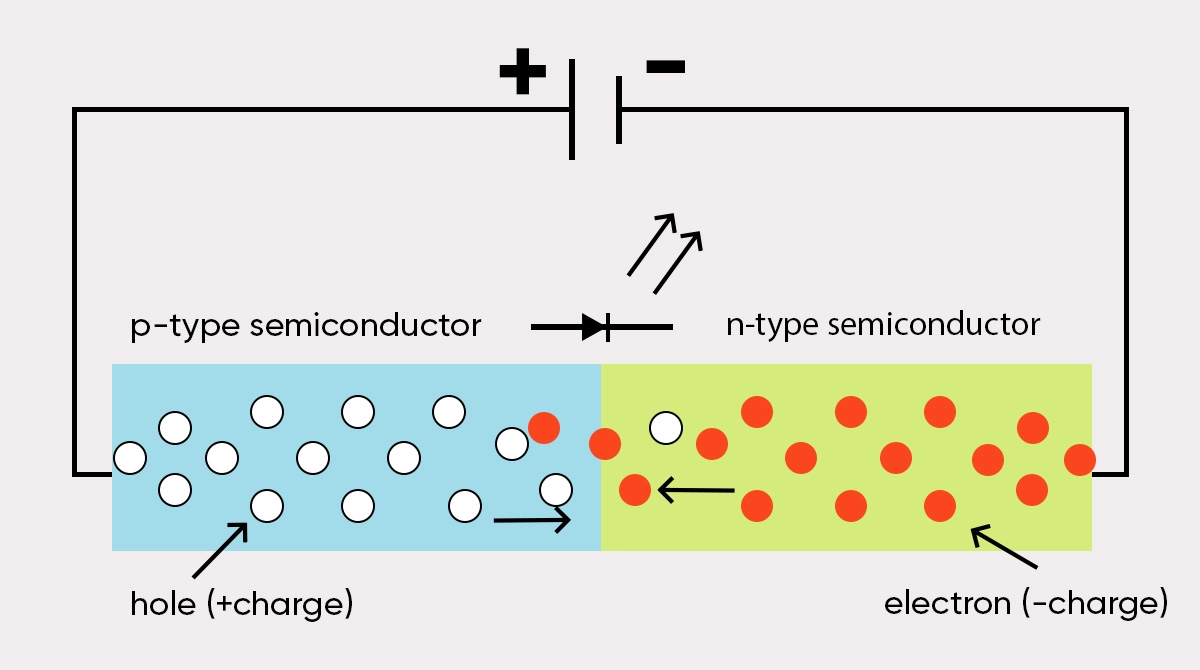
Advantages of LED Technology Compared to Traditional Lighting
The switch from traditional lighting to LED lighting has happened particularly quickly in homes. Although it is thought that LED lighting provides energy savings compared to traditional incandescent and fluorescent bulbs, it actually has many advantages.
LED bulbs use at least %75 less energy than incandescent bulbs and %70 less than CFLs. While they were more expensive than incandescent bulbs in the past, the price gap has almost disappeared today. Another significant advantage of LED bulbs is their long lifespan. While LEDs can last up to 50.000 hours, incandescent bulbs typically only last around 2.000 hours. When all these are considered, including the excessive heat production of incandescent bulb bulbs and the environmentally harmful chemicals in CFL bulbs, LED bulbs clearly take the lead.

Energy Efficiency and Savings in LED Lighting
One of the most prominent feature of LED technology is undoubtedly its energy-saving capabilities. When people talk about energy saving bulbs, LED bulbs are the first that come to mind. Contrary to popular belief, when considering global energy consumption, a large portion is actually used for lighting. Given this, even a small reduction in lighting energy usage can have a major impact.
LED bulbs consume %90 less energy compared to incandescent lighting. Assuming that the majority of lighting systems transition to LED technology, an annual energy saving up to 569TWh is projected in the United States alone by 2035. To put this into perspective, this amount of energy savings is equivalent to the annual output of over 92 power plants, each with a capacity of 1,000 MW.
Types of LED Lighting and Their Applications
When you decide to use LED lighting, you’ll find that there are plenty of options available. The areas of use for LEDs are also quite numerous. From decorative lighting features to outdoor lighting, LED technology can be applied to virtually any area you can imagine.
When choosing LED lighting, you should make your decision by considering the area where it will be used. In addition to the general-purpose LED bulbs designed to replace traditional incandescent bulbs and fluorescent tubes, candle, flame, and Edison LEDs stand out as some of the most commonly preferred LED types for decorative use.
Other LED lighting options include spotlights, which are perfect for highlighting shelves, artwork, or specific objects; projectors designed to illuminate large outdoor spaces; LED strips, light chains and smart LEDs that serve a variety of purposes; and custom-designed LEDs for specific uses.

Correct LED Selection: Points to Consider
While lighting is essential, it also holds an important place in adding color to living places. The ambiance of your environment has many different effects, from your mood to your work performance. Therefore, it’s important to choose your LED lighting carefully.
When using LED lighting, you have a range of options, including LED bulbs, LED strips, and spotlights. However, two important factors must be taken into account when selecting lighting. These are the lumen value and color temperature of the lighting.
Lumens are the unit used to measure the brightness of lighting. Even today, when purchasing a bulb, you might still see a value listed in watts on the packaging. Since calculating LED watts can be confusing, the lumen value can help you make a more accurate assessment. You can determine the appropriate lumen value based on your lighting needs and the size of the space you're lighting.
The higher the lumen value, the greater the brightness provided by the lighting. In small areas, 500 lumens; in living spaces, 1000-2000 lumens; and in areas where lighting is more crucial, such as kitchens and workrooms, values up to 4000 lumens are ideal.
Another important aspect to consider is color temperature, which is measured in kelvins. While it's often referred to as white light, yellow light, or daylight, you can find the right lighting for your needs by paying attention to the kelvin values.
For a warm, inviting atmosphere, amber and soft white lights in the 2.500K - 3.000K range are ideal, while for spaces like kitchens and bathrooms where clearer visibility is essential, warm white and bright white lights between 3,500K - 4,000K are better, and for areas with higher lighting demands, such as workplaces, classrooms, and exhibitions, daylight lighting with a blueish tone in the 5,000K - 6,500K range is best, you can make your choice by considering these values.
Environmental Impact and Sustainability of LED Lighting
A significant portion of energy consumption in homes, offices, and urban areas is dedicated to lighting systems, often without people realizing it. The environmental effects of lighting requirements are naturally considerable. LED lighting, widely recognized as an energy efficient lighting technology by the majority of society, is a crucial element for a sustainable future.
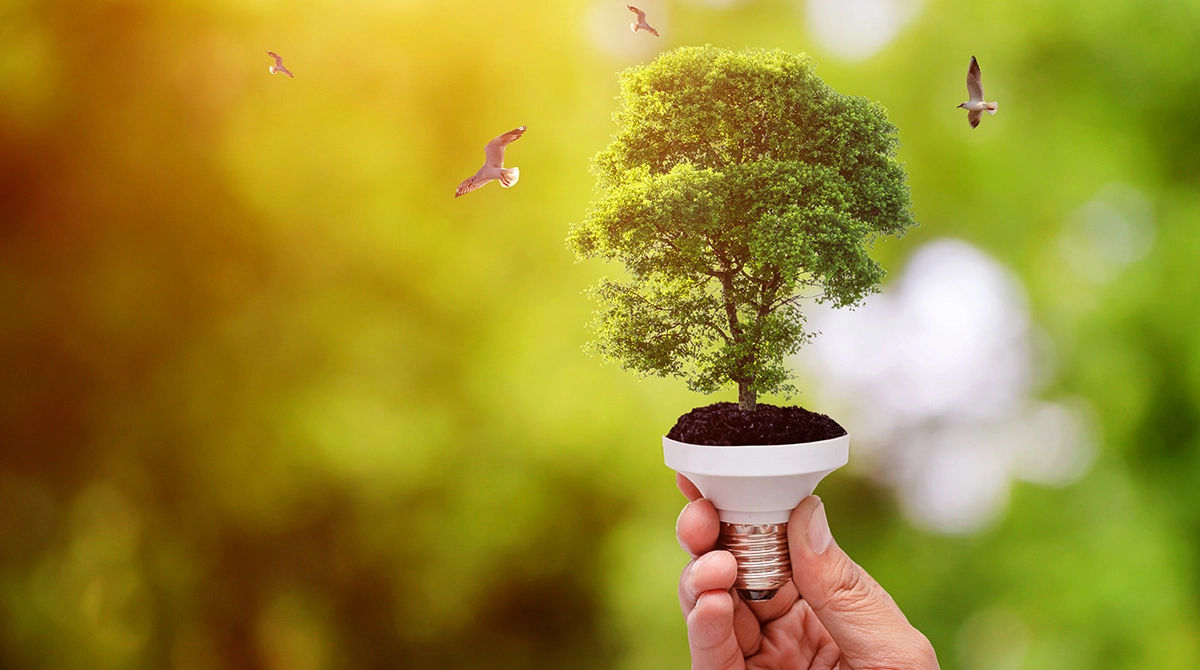 LED lighting, which consumes less energy than incandescent and CFL bulbs, generates light with very little energy loss. In traditional lighting technologies, a large portion of the energy disperses into the environment as heat energy, and this loss necessitates additional energy use for cooling in some systems. The reduced energy consumption also contributes to a lower carbon footprint. In addition, the advantages of LED lighting go beyond just energy efficiency.
LED lighting, which consumes less energy than incandescent and CFL bulbs, generates light with very little energy loss. In traditional lighting technologies, a large portion of the energy disperses into the environment as heat energy, and this loss necessitates additional energy use for cooling in some systems. The reduced energy consumption also contributes to a lower carbon footprint. In addition, the advantages of LED lighting go beyond just energy efficiency.
LED bulbs have a much longer lifespan compared to incandescent and CFL bulbs. Traditionally referred to as incandescent bulbs, they have an average lifespan of 1.000 hours, while CFL bulbs have a lifespan of 10.000 hours. Compared to these lighting technologies, the average lifespan difference of 50.000 hours for LED bulbs is clearly evident. The extended lifespan of LED lights helps save money while considerably lowering waste production. LED lighting, free from any harmful chemicals, stands out in terms of environmental friendliness when compared to the harmful effects of the toxic substances found in CFL and fluorescent bulbs.
LED lighting not only saves energy, but also allows you to make an environmentally friendly choice. So, have you considered switching to LED lighting in your home? In which areas do you plan to use LED? Share your thoughts with us in the comments! You can also check out other content on our blog for more information and energy efficiency tips.

 Online Services
Online Services Application Inquiry
Application Inquiry Pay Assurance Fee
Pay Assurance Fee Query Installation Number
Query Installation Number Compensation Fee Inquiry
Compensation Fee Inquiry Automatic Payment Order Inquiry
Automatic Payment Order Inquiry Partnership
Partnership
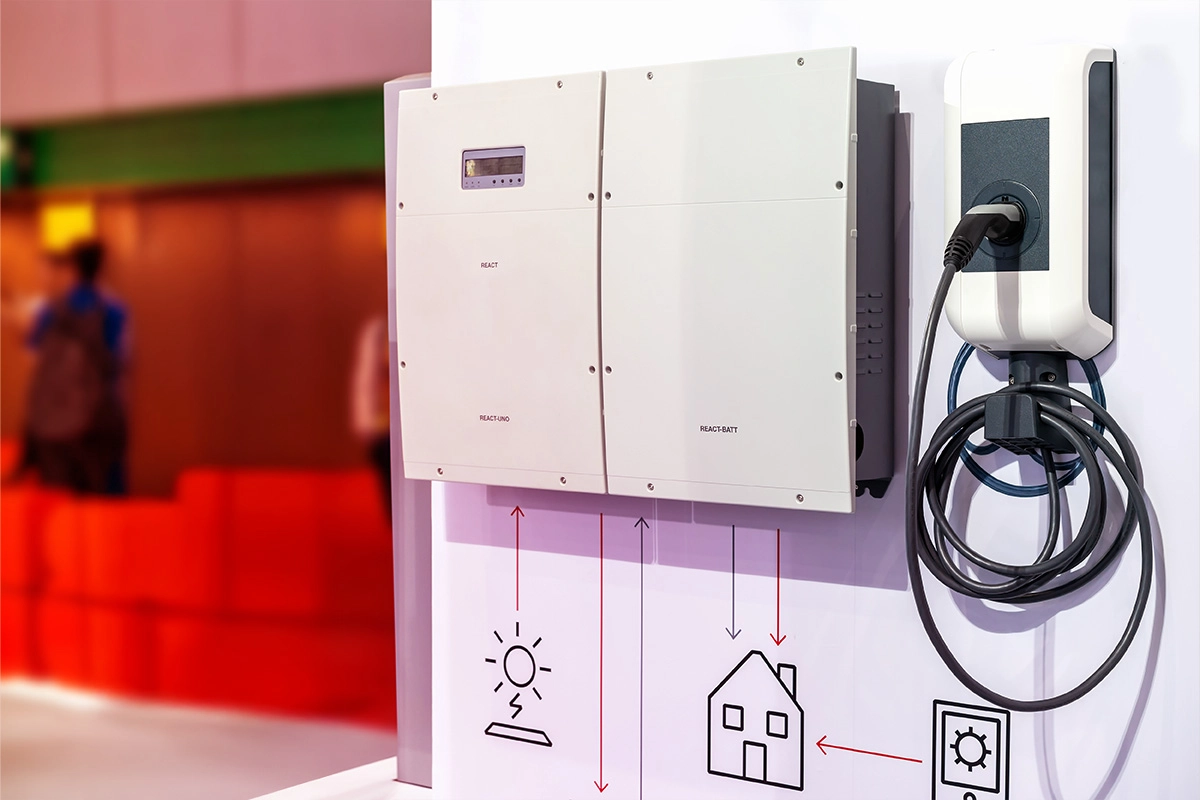

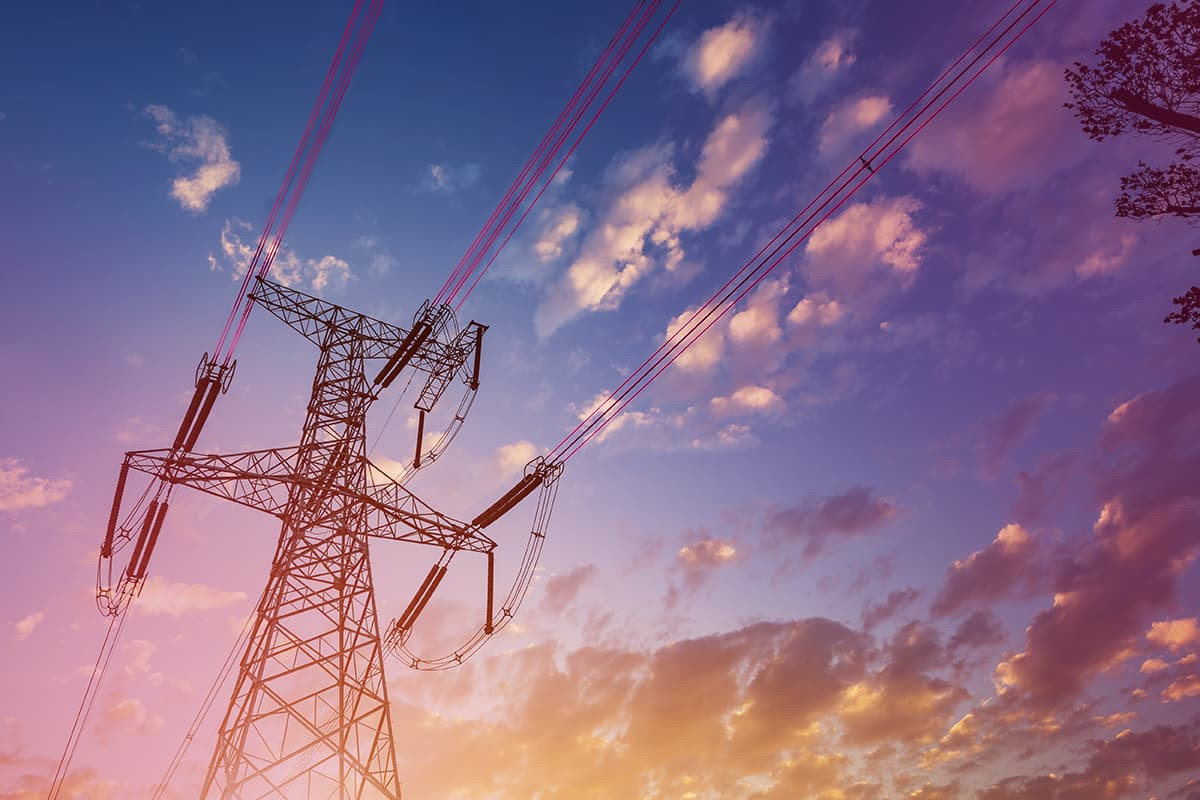



Leave a Comment